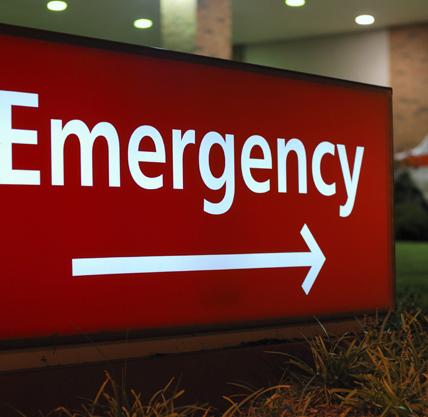Children going to an emergency room for severe allergic reactions received more comprehensive treatment when staff followed formal care guidelines, according to a new study.

Specifically, they were more likely to receive epinephrine for anaphylaxis, take home prescriptions for epinephrine autoinjectors, and receive written emergency care plans. They were also less likely to be hospitalized as an inpatient, according to a study published this month in the Journal of Allergy and Clinical Immunology: In Practice.
The study took place at the Children’s Hospital of Pittsburgh of UPMC, where Todd Green, MD, FAAAI, is an allergist and immunologist. Dr. Green, who is one of the study’s co-authors, serves on the medical advisory board of Kids With Food Allergies (KFA).
This study looked at two different groups of patients over two different time periods: one group of 96 patients, before care guidelines were put into place, and another group of 138 patients, after the procedures started.
More patients received epinephrine in the emergency room (62.3%, up from 44.8% previously). Meanwhile, hospitalization rates fell from 62.5% to 31.2%.
They were more likely to be sent home with prescriptions for autoinjectors (99.3%, up from 84.4%) as well as written instructions telling caregivers when to administer epinephrine in case of an emergency (21%, compared with 9.4% previously).
“We believe this shows that use of practice guidelines can result in improved recognition and appropriate treatment of anaphylaxis,” said Dr. Green. “Making these improvements continues to be a necessary and important issue in the lives of children with food allergies and their families.”
Previous studies have found wide gaps in knowledge among physicians and emergency physicians in treating anaphylaxis, including a physician survey published by the Asthma and Allergy Foundation of American (the parent organization of KFA) as part of its Anaphylaxis in America™ research project.
This Pittsburgh study sought to quantify how putting anaphylaxis guidelines into place in an ER department would change outcomes. The authors suggested additional studies to see if the results can be reproduced and identify other barriers to care.
Desai, S., Jeong, K., Kattan, J., Lieberman, R., Wisniewski, S., Green, T. (2015). Anaphylaxis management before and after implementation of guidelines in the pediatric emergency department. The Journal of Allergy and Clinical Immunology: In Practice. Retrieved from http://www.jaci-inpractice.org...5%2900049-5/abstract


Comments (0)